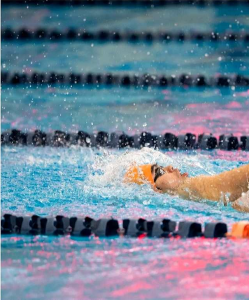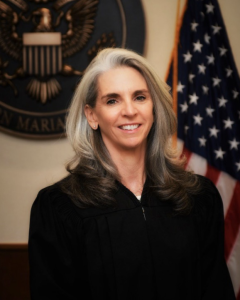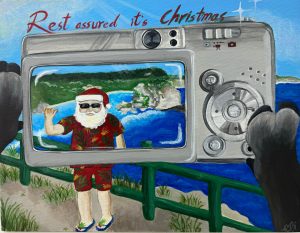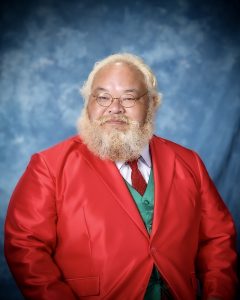A day at Mañagaha: Fountain of Youth
Author’s note: These are excerpts from an essay I wrote sometime between 1995 and 1996 for the CNMI history class I was required to take for my teaching certification. Offered today in response to calls for public comment in the public hearing regarding the exclusive management contract with Marianas Global for Mañagaha.
Mañagaha Island, intended by the framers of the CNMI Constitution to “be maintained as an uninhabited place and used only for cultural and recreational purposes,” regularly receives on her beaches a great number of foreign visitors as well as local residents. Recreation is the focal point for most people who visit the island, and its cultural significance appears to be realized only by the Carolinians. While the Carolinians consider “Ghalaghaal” (Mañagaha) to be sacred ground, apparently others view it simply as a marketable place of business. Lino Olopai, a member of the Carolinian community, commented with an air of annoyance that the developments and large-scale trafficking of tourists on the island is “encroaching on the tradition of the Carolinians.” He further stated that at the very least some of the proceeds obtained through the use of the island ought to somehow be distributed into the Carolinian community.
The tourists’ role in this conflict of interests is an innocent one. They come from all over the world for a fresh breath of ocean air, a touch of unadulterated sunlight, and a dip in pristine blue waters—they get and do just that.
For the Carolinians, Mañagaha is symbolic of their cultural heritage and they reserve it as a place for remembrance. Chief Aghurub, along with some of his family, is buried there. Aghurub was one of the first two Carolinian chiefs who brought their families to settle on Saipan. It is customary to leave offerings to the spirits before departing from the island. According to Olopai, the fishermen “always leave the best fish and others leave such things as beetle nut and cigarettes.”
I was unaware of the custom and the history behind it during my visit to the island, so after learning a little more about it I decided to write something as a kind of compensation for not paying my respects. The following is a reflection of my day at Ghalaghaal.
—
Tasi Tours, a tourist corporation which transports hundreds of tourists back and forth to Mañagaha on a daily basis, allots a given number of seats per trip to locals at no charge.
—
I followed the herd of tourists off the ferry onto the dock and we proceeded inland. After weaving through the swarms of people scattered over the beach, I found myself a half-shaded spot underneath an overhanging coconut tree. I sat halfway on my towel and took notice of the people around me.
—
The small non-foreign contingent of visitors that I saw consisted of two young men in blue jeans and rolled up long sleeve shirts. They sat to the back of me among the coconut trees inland from the beach seemingly avoiding too much attention. They observed the frolicsome tourists as I was doing, but they expressed little emotion as they seemed to frown upon everything that was happening—their frowns did not seem so much angry, but rather implied a kind of seriousness like they were there for a reason that the tourists could not understand.
At the time I couldn’t help thinking that somehow those two had missed the point of going to the beach; after all, what is a day at the beach, but an escape from seriousness. My mind wandered further in thinking of the contrast between the tourists who come to these islands and parade around the beaches practically naked while the locals, descendants of a race of people who resisted the concept of clothing introduced along with the idea of Christianity, are often too inhibited to be seen in anything that covers less than fifty percent of their bodies.
As the ferry pulled away from the dock at the end of the day, I stared back with satisfaction at my spot on the sand. I thought about how happy everybody seemed and I was grateful for the chance to share in an atmosphere of such lightheartedness, but then my mind flashed an image of the two men with frowns. I guessed they were Carolinian and I regretted not going over to say hello and maybe getting to know them a little. I wanted desperately to find out what they were contemplating.
My curiosity prompted me to find out as much as I could about Mañagaha. Much to my surprise, the island is considered by the Carolinians to be sacred ground. I started to think how the Japanese would be if a bunch of Carolinian tourists climbed into one of their Shinto shrines and ran around half naked laughing and screaming or what the Americans would say if they scattered themselves in the National Cemetery sunbathing and playing their boom boxes. I could not decide how to feel about the situation, but I gained a better understanding for the solemn looks on the two men’s faces.
In bed that night I tried to put into words what I thought or might have learned from the day’s experience. The first thing I thought was that, if in fact Mañagaha is preserved for cultural purposes, it is hard to see any evidence of that unless one goes out there knowing what to look for—somehow that aspect needs to be better emphasized. Secondly, I thought about the question of respect—everyone at least needs to be made aware of the respect the island draws from the Carolinian community. Finally, I pondered the notion of so many people wanting to spend their days on such a tiny island.
What I think I realized was that for most of its visitors Mañagaha is more than just a chance to swim and get tanned.
It occurred to me that most people came, though maybe not consciously, with an auspicious notion of being able to take a dip back in time. A first romps and forgets herself in a sandbox; adults imitate her at the beach
Chief Aghurub asked to be buried in an upright sitting position on Mañagaha. He too apparently wanted to hold onto an aspect of his past, so forever he will sit on Mañagaha, a place intended for the preservation of culture, but more often used for the preservation of youth.
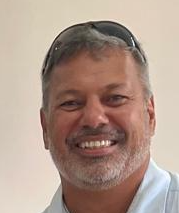
Jim Rayphand is a former director of the Office of Vocational Rehabilitation and Northern Marianas Protection and Advocacy Systems Inc.

